Air Plant Care
Air plant
The air plant, scientifically known as Tillandsia, is a genus of epiphytic plants belonging to the bromeliad family. Unlike most plants, Tillandsias do not require soil to grow, as they obtain nutrients and moisture from the air and other elements around them. They are primarily native to the tropical and subtropical regions of Central and South America.
___________________________________________________________________________
Light:
Tillandsias prefer bright but indirect light. They can tolerate a few hours of direct sun in the early morning or late evening, but avoid prolonged exposure to intense sunlight during the hottest hours of the day.
Water:
Tillandsias don't need to be watered frequently. Instead of submerging them in water, spray them with water once or twice a week, making sure they're completely drenched. Make sure they dry completely before watering again to avoid the risk of rot.
Temperature:
Tillandsias prefer moderate temperatures, between 15°C and 30°C (59°F and 86°F). Avoid extreme temperatures and sudden changes in temperature.
Substratum:
Unlike other plants, Tillandsias don't require a substrate. You can place them on a surface like a rock, a piece of wood, or even hang them in the air.
Humidity:
Humidity is essential for Tillandsias. You can increase humidity by regularly misting them with water. You can also soak them in water for a few minutes every two weeks to provide additional hydration.
Toxicity:
Tillandsias are non-toxic to animals, making them safe to have around pets and children.
Additional:
They are plants adapted to living in places with little humidity and are usually found on trees, rocks and other surfaces where they can cling.

___________________________________________________________________________
Common air plant problems:
- The most common problem with Tillandsias is excess moisture. If they're kept too wet, they can develop rot in their roots or leaves. It's important to allow them to dry completely between waterings to prevent this.
- Another difficulty can be a lack of adequate light. If Tillandsias don't receive enough light, they can become weak and exhibit slow growth.




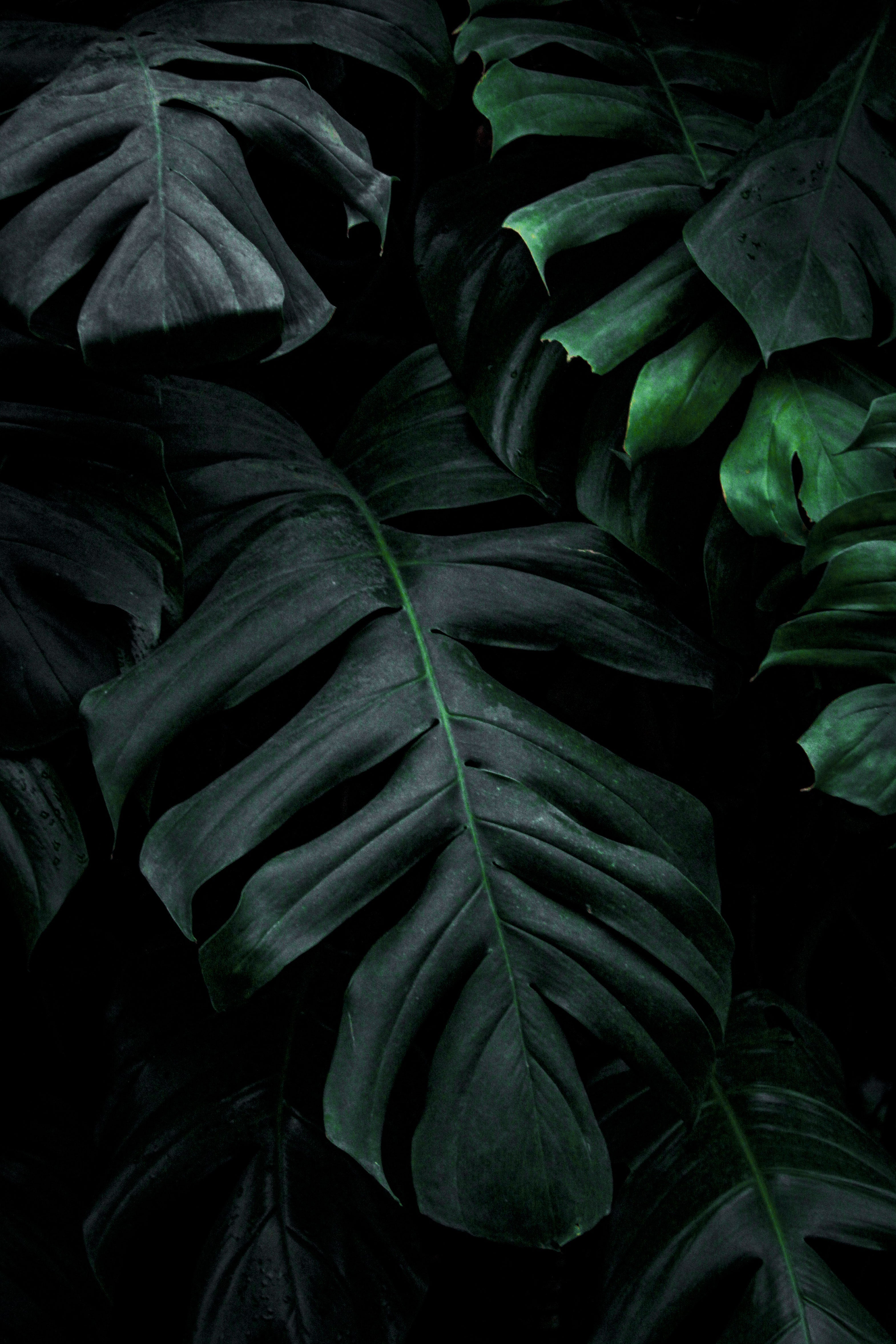
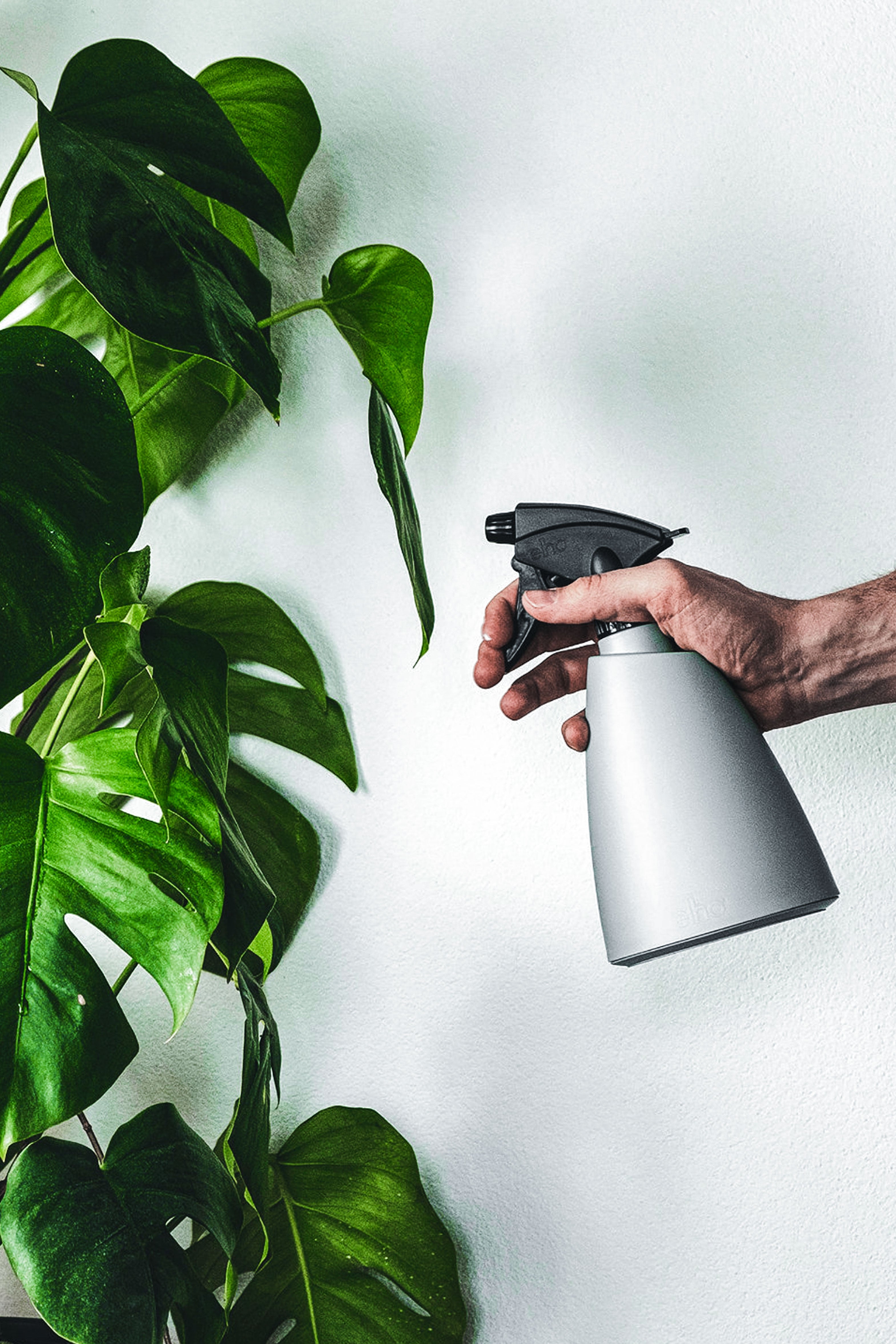
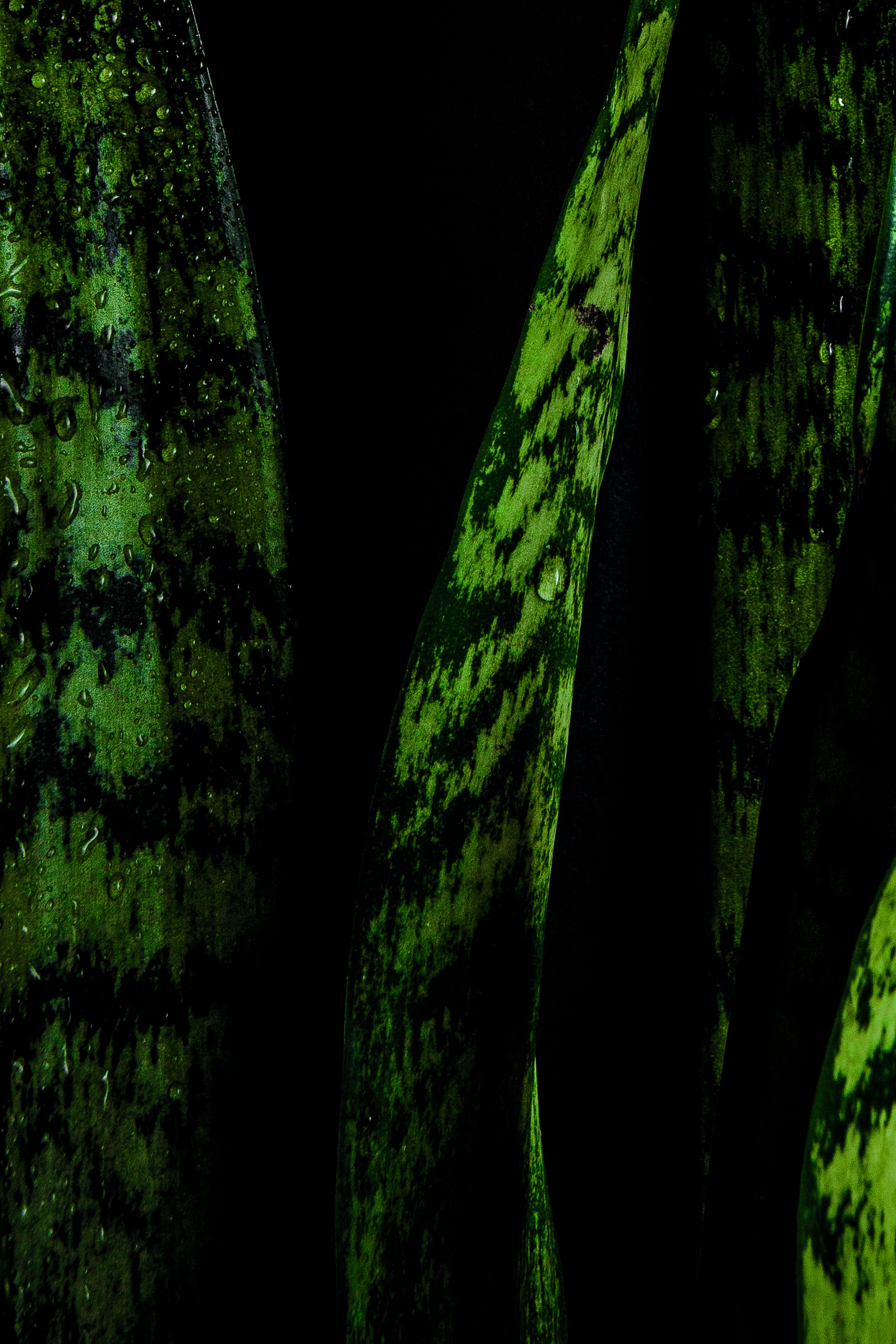
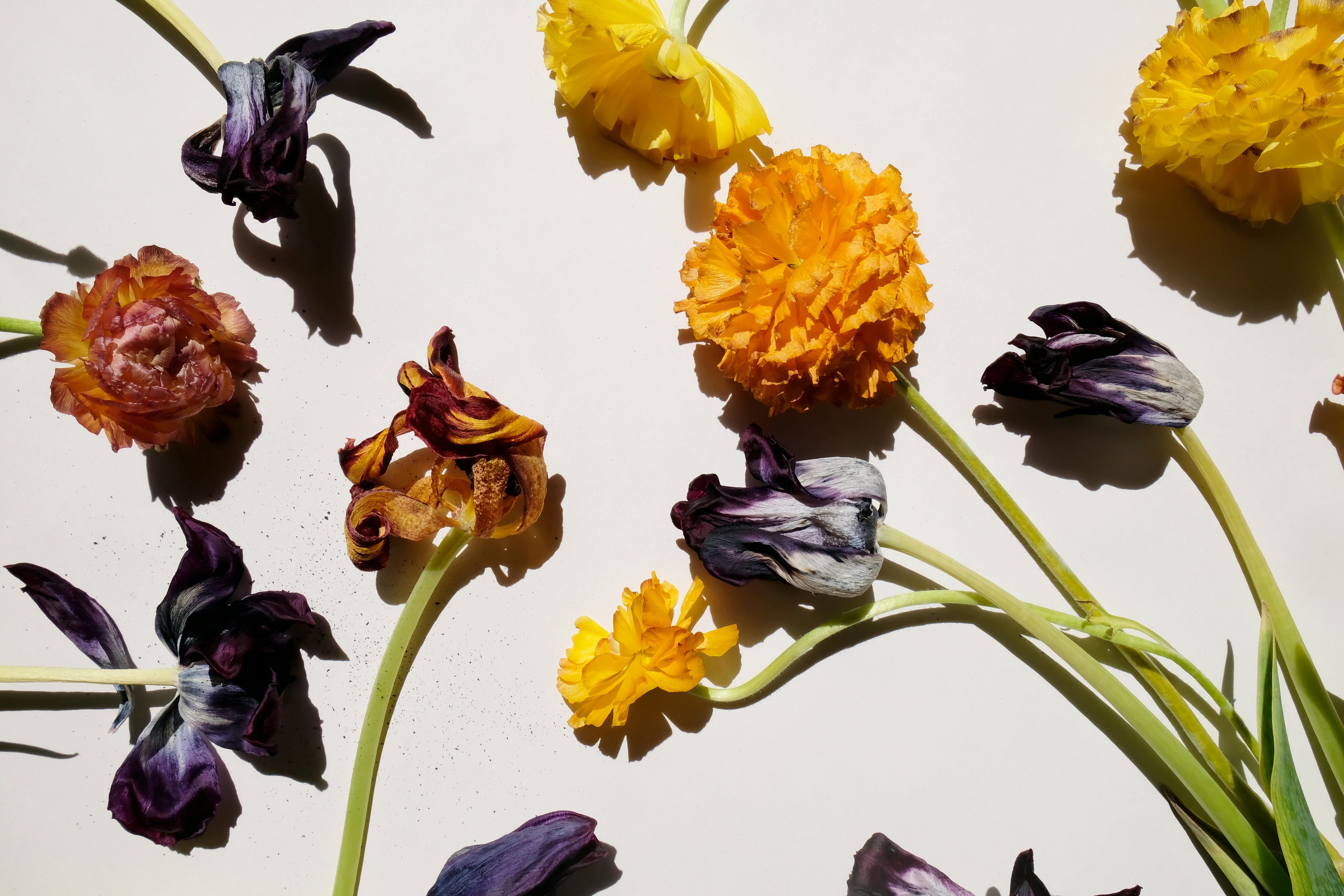
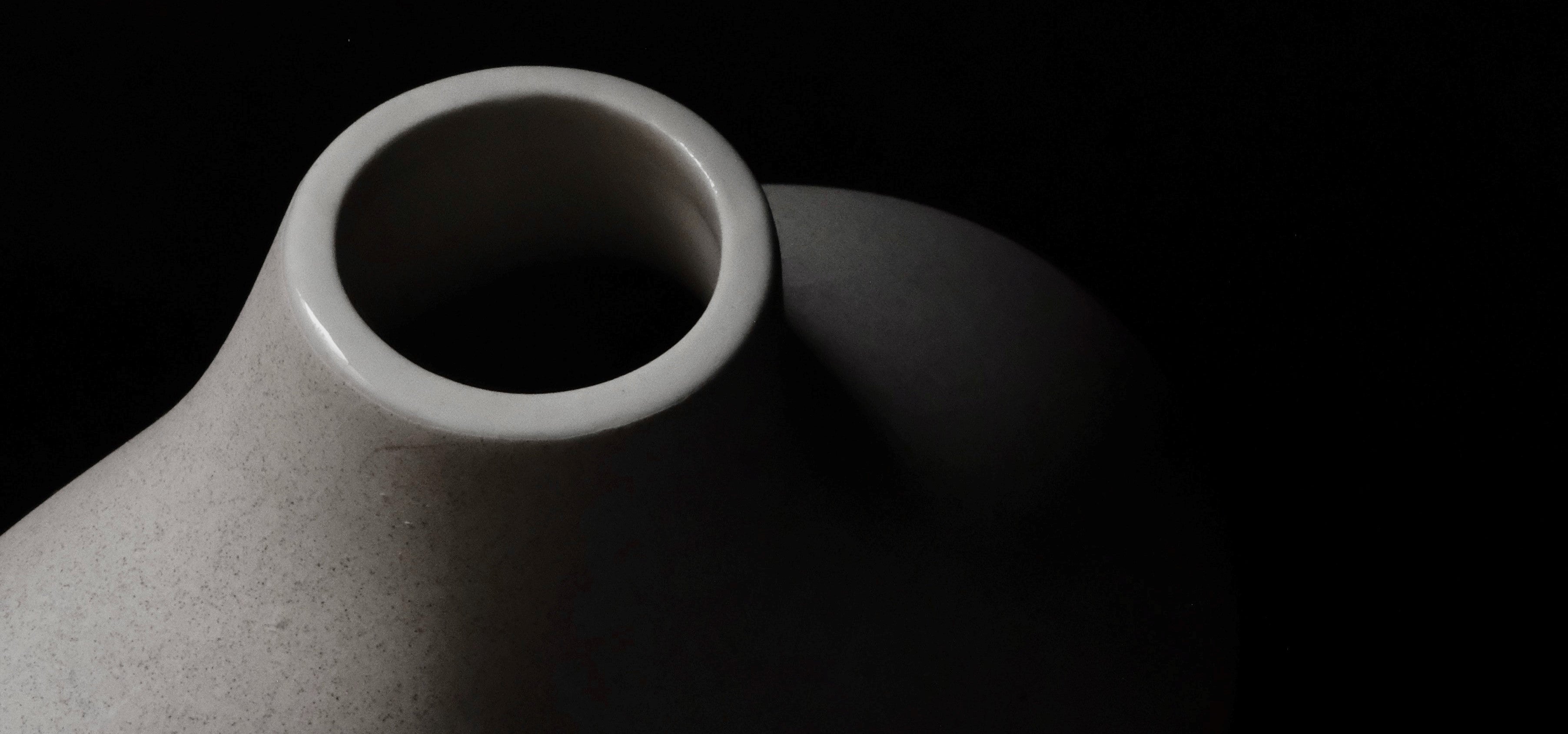
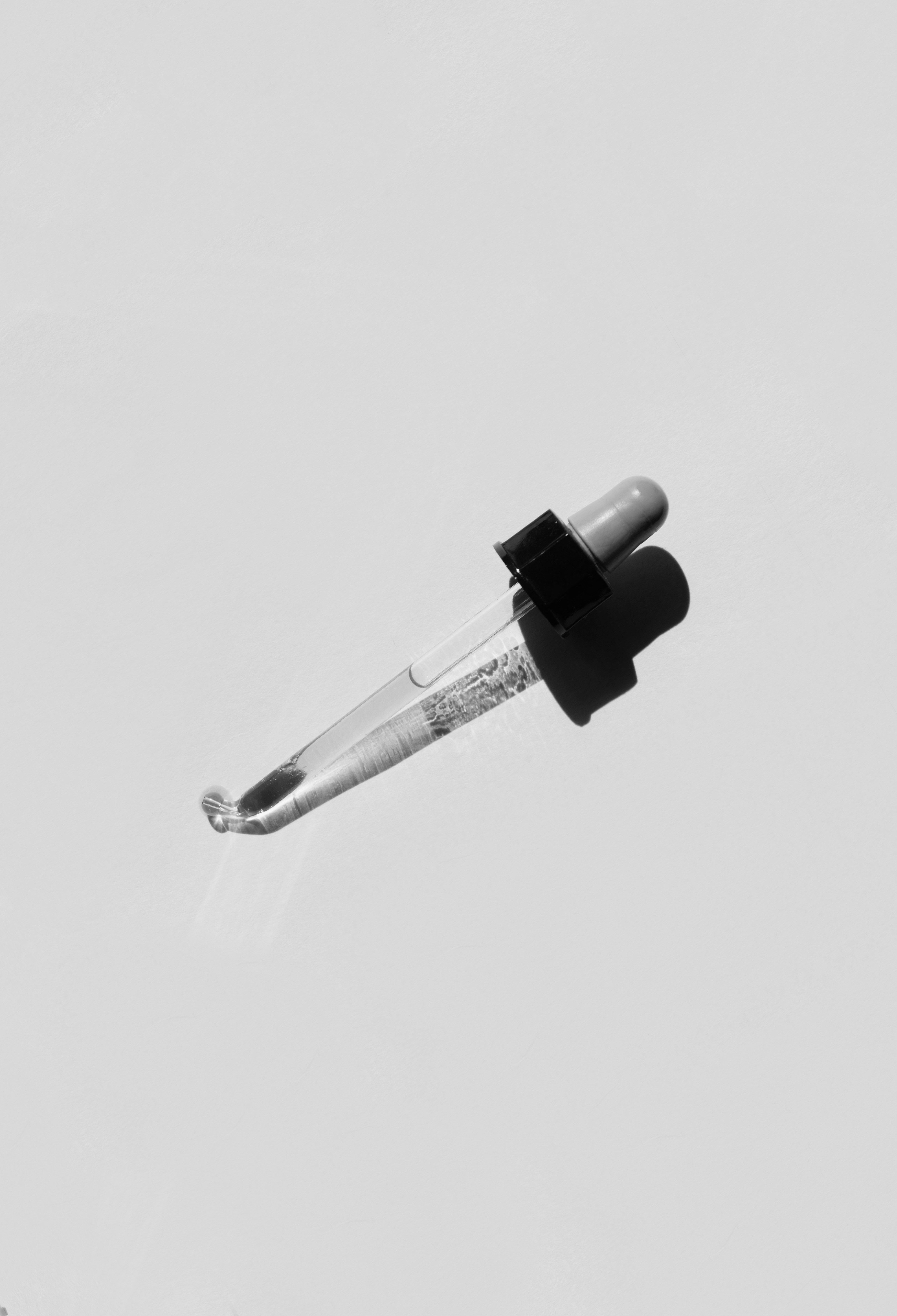

Leave a comment